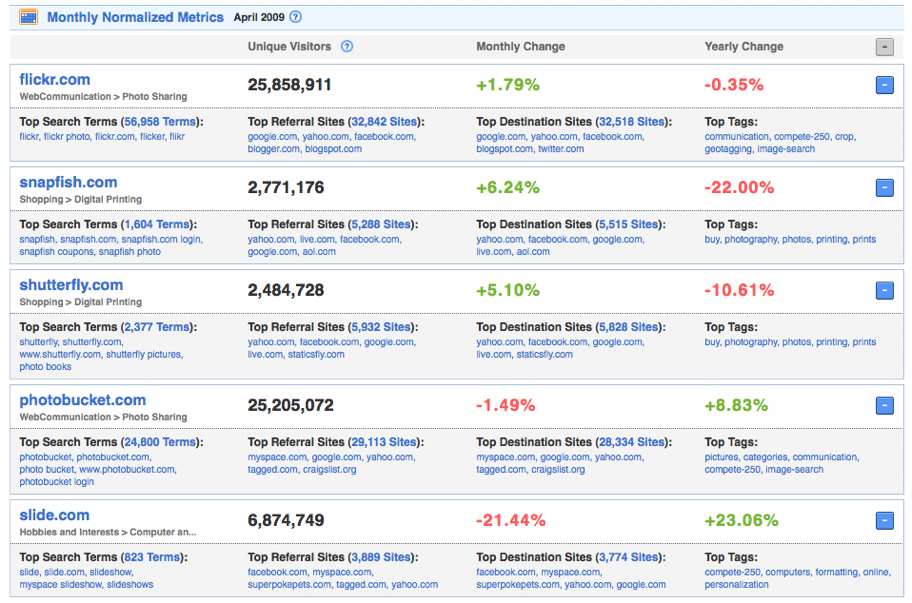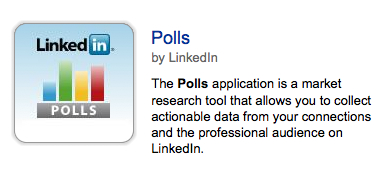I’m a big fan of The e-Marketer Daily newsletter and on 06/26/09 I received two very interesting articles on the presence of U.S. Latinos on the web. The first one is titled Hispanics Online: No Mas E-Barrios and the second one is Looking at Hispanic Behavior Online.
The first article provides some interesting stats on Internet use in the U.S. by race/ethnicity.

Hispanics make up 12.3% of the total US Internet population in 2009, and that number will increase to 13.9% in 2013. The U.S. Hispanic presence in the Internet is not only going to increase in quantity but also in quality as Hispanic U.S. Internet users are poised to have the highest purchasing power.

Among marketing organizations, the competition to grab the U.S. Hispanic buck is intense. Business Week’s Douglas MacMillan reported that of marketers that target minority groups, 95% tailor messages to Latin Americans, 76% target African Americans, and 38% focus on Asian Americans, according to a survey released in November by the trade group Association of National Advertisers (ANA) and marketing agency Mkgt. That’s up from 86%, 60%, and 35%, respectively, in 2003, according to the research.
This has a lot of implications for online marketers who want to be culturally sensitive, while being cost-efficient at the same time. The main problem, as Dr. Felipe Korzenny, Director of the Center for Hispanic Marketing Communication at the Florida State University, states, is that:
Hispanics have a lot of commonalities, and it’s OK to talk about a group that has these sorts of common roots and interests. It doesn’t work well to try to segregate people. I don’t think it works to say, “This is a site for Hispanics and this is a site for others.”
Forcing Hispanic U.S. Internet users into Hi5 (the most popular social network in Latin America and no, it’s not Google’s Orkut, that’s in Brazil) and Myspace versions in Spanish is not the correct strategy. It’s all about personal choice, let the user decide what’s best for him or her.
That is the reason why MySpace has both—I mean having people having two sites, one in Spanish and one in English—but that doesn’t mean that the Spanish-language site is for Hispanics only, or that the English-language site is for non-Hispanics only. There’s a lot of overlap.
Mixed context in English and Spanish that is triggered by contextual cues appears to be savvy strategy, according to Dr. Korzenny. The good news: when compared to other ethnicities, U.S. Hispanics do appear to consume more digital content.

However, making any generalizations about U.S. Hispanics is always a mistake. The easiest example: location, location, location.

If you use the same strategy in Miami, FL, that you used in Dallas, TX, you shouldn’t be surprised to get mixed results. While U.S. Hispanics do share some commonalities, consider that Texas has a more predominant Mexican presence, while Florida has a more predominant Cuban and South American presence. Put it this way: imagine if you were to use Canadian slang to target a British and Australian audience, would it make sense? After all, they all speak English, right? That’s the most common mistake of companies that purchase one-size-fits-all, prepackaged marketing solutions.
Marketers should never throw out the window marketing fundamentals when dealing with U.S. Hispanics. There is no easy answer. Only one thing is certain: do your homework, research, research, research.





















